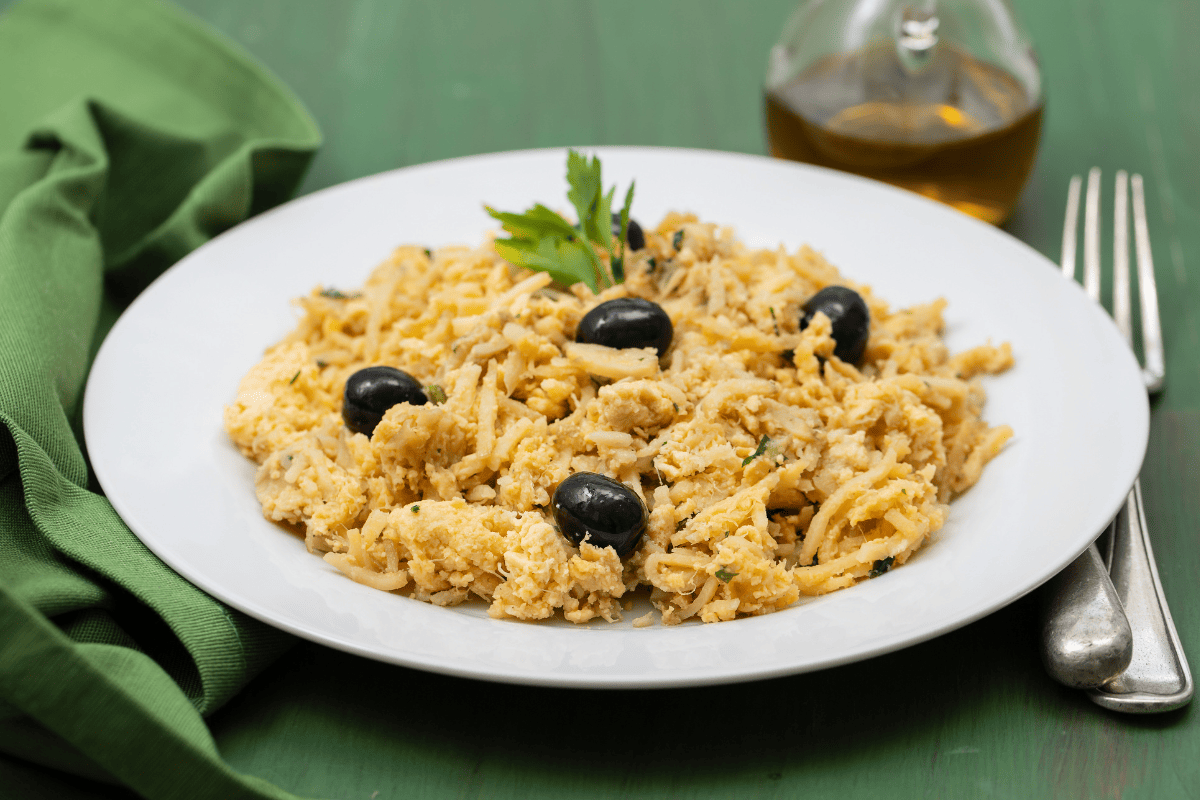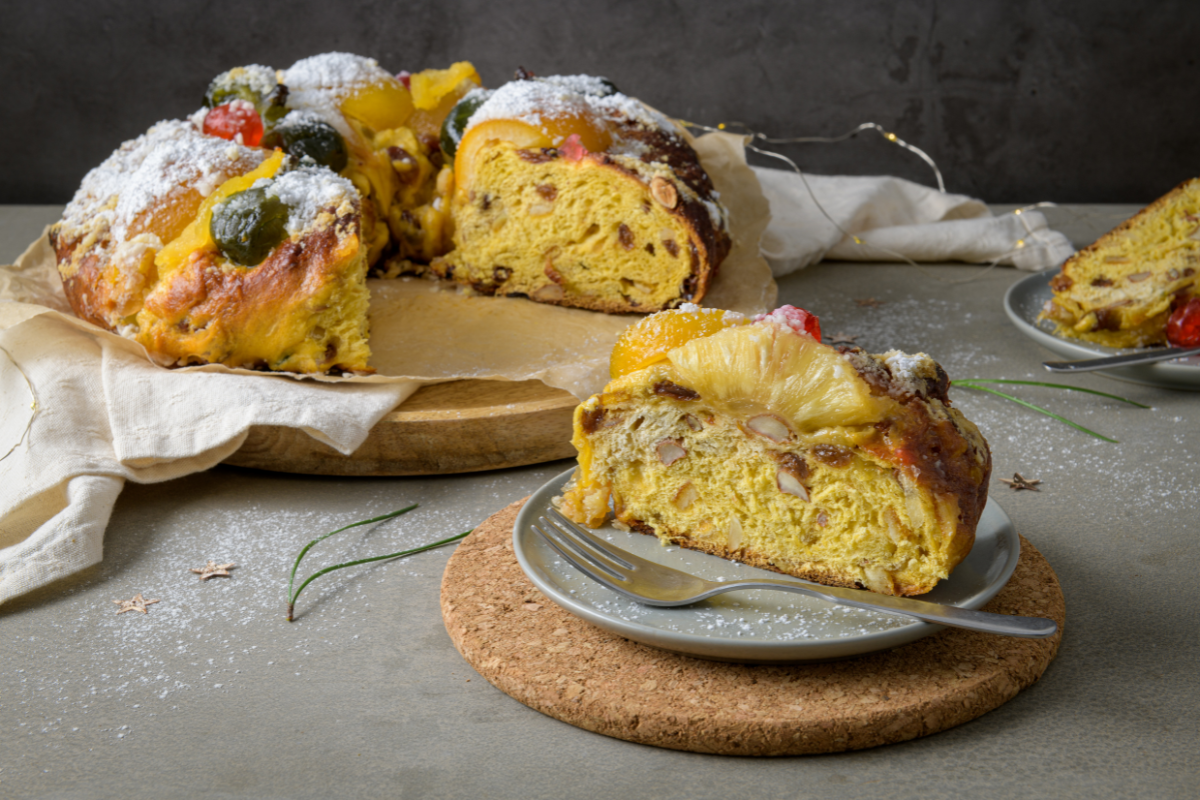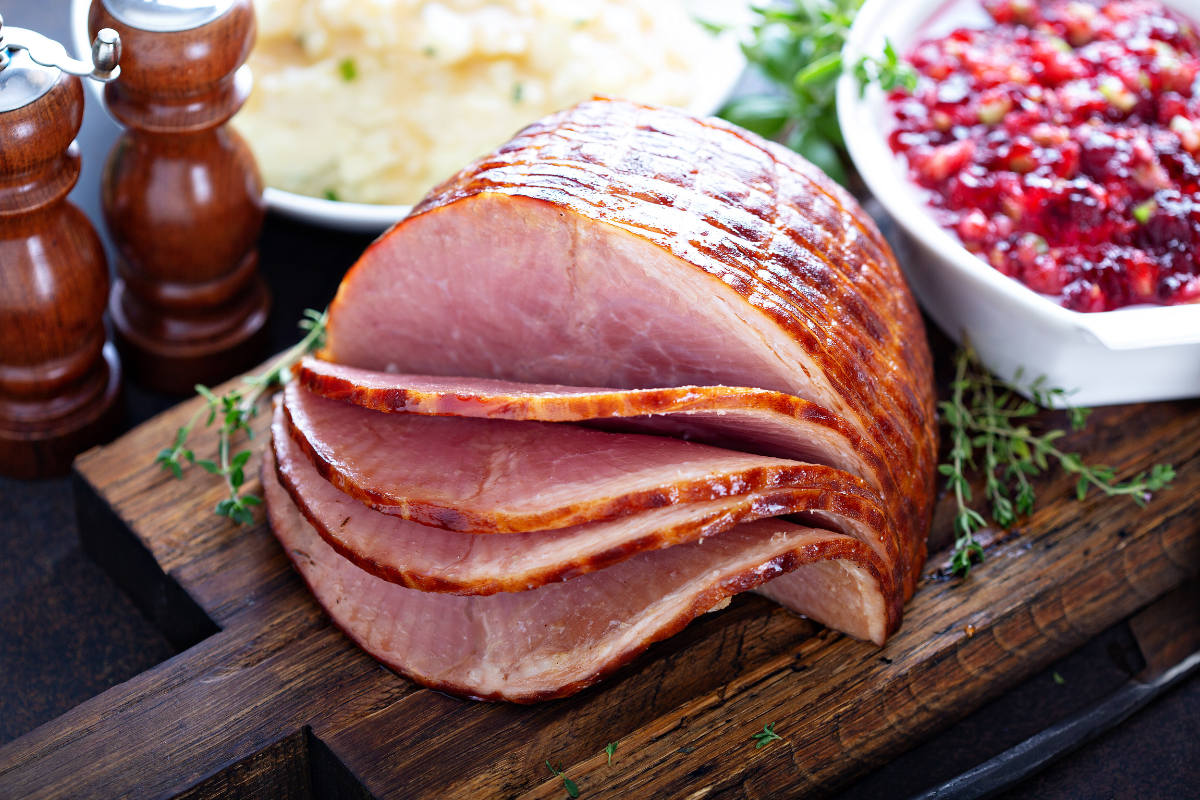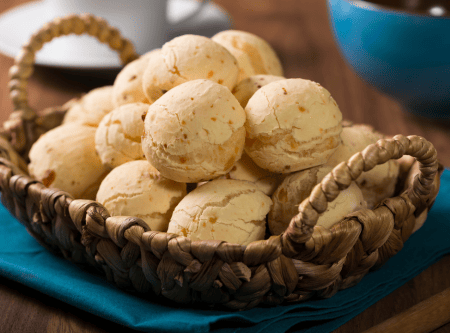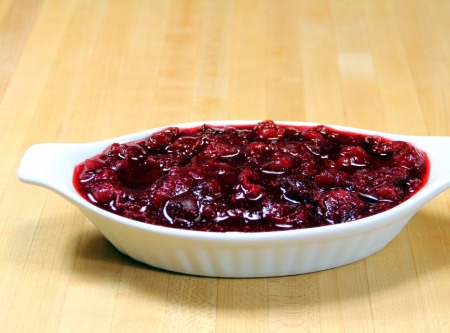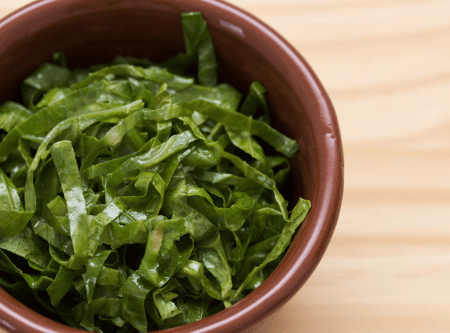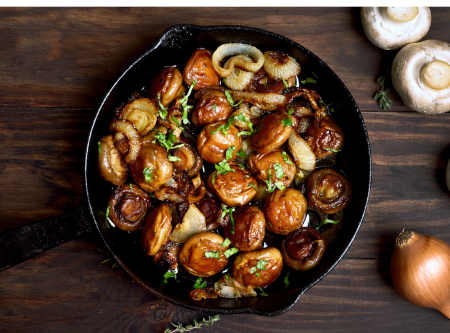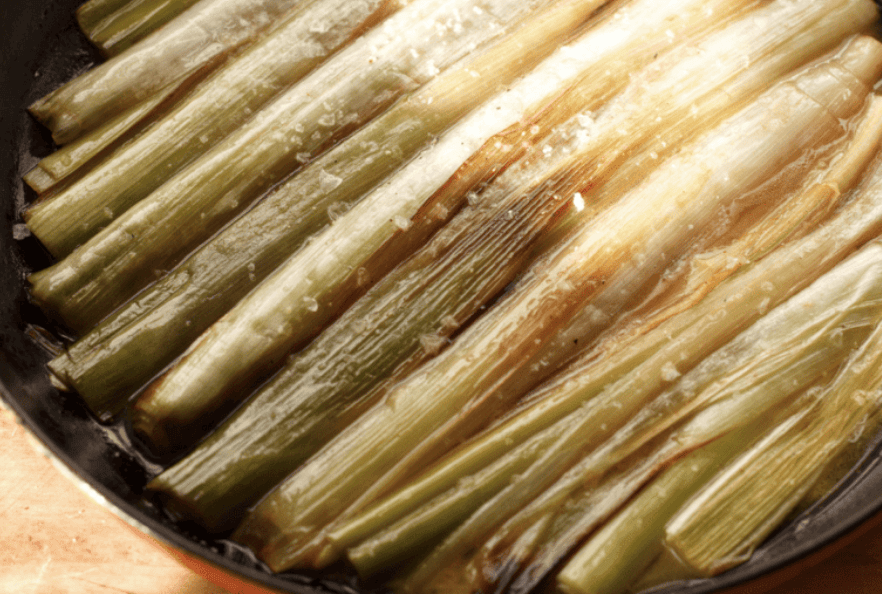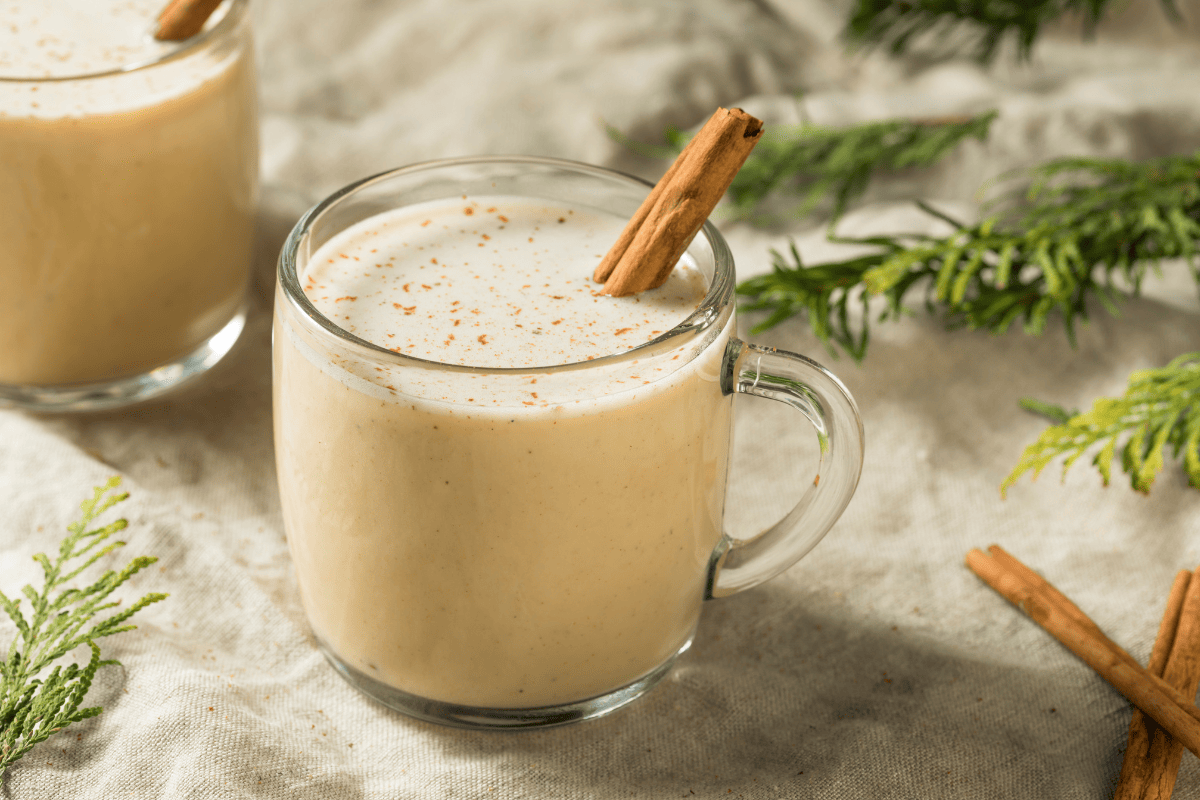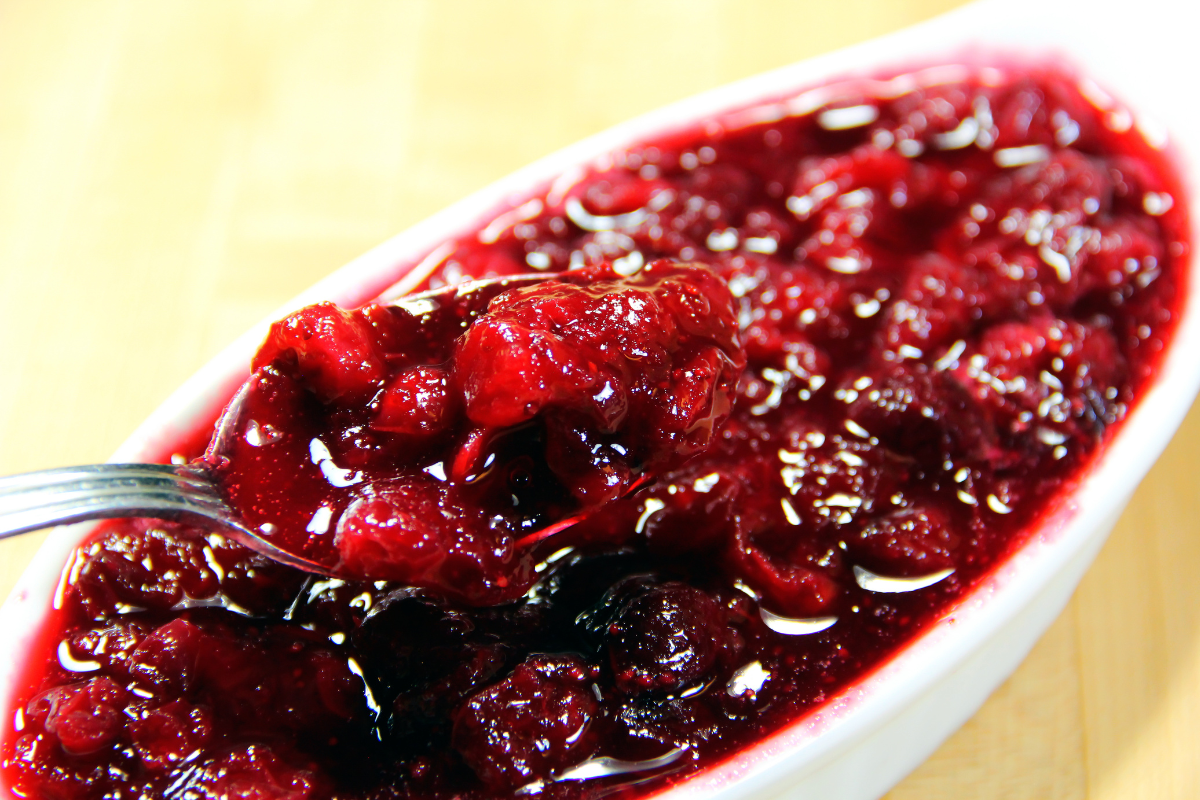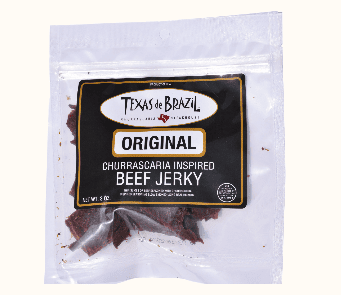
Every second Sunday of May, families across the United States come together to honor and celebrate the incredible women in their lives: mothers, grandmothers, aunts, and other maternal figures who have given their unwavering support and love. Mother’s Day is a special occasion dedicated to expressing gratitude, love, and appreciation for these nurturing figures who play such vital roles in shaping our lives. Learn more about this incredible holiday as we extend Happy Mother’s Day wishes to all.
Why Do We Celebrate Mother’s Day?
The concept of Mother’s Day has ancient roots, with celebrations of motherhood dating back to ancient Greek and Roman times. However, the modern version of Mother’s Day as we know it in the US began in the early 20th century.
The American iteration of Mother’s Day was initiated by Anna Jarvis in 1907 when she held a Mother’s Day worship service at her Methodist Church in Virginia. She had been actively campaigning to make Mother’s Day an official holiday since 1905 when her own mother passed away.
The purpose of the first Mother’s Day was not to honor mothers but to promote peace. Ann Jarvis was a peace activist who had cared for wounded soldiers during the American Civil War and worked to promote reconciliation between former Union and Confederate soldiers. She and another activist, Julia Ward Howe, wanted to establish a Mother’s Day for Peace. It was a plea that their sons and husbands no longer be forced to die in war.
Ward Howe herself had issued a Mother’s Day Proclamation more than 30 years prior, asking that mothers around the world join together to promote the “amicable settlement of international questions, the great and general interests of peace.”
Despite initial resistance by Congress, Mother’s Day eventually became an official holiday in 1914, when President Wilson declared it would be observed on the second Sunday of May.
Spelling of Happy Mother’s Day
There is some confusion regarding the spelling of “Happy Mother’s Day.” After all, we are celebrating all mothers, so it should be plural possessive, right? The answer goes back to Jarvis, who insisted on the singular possessive, arguing that it was a holiday in which you “honored your own mother,” not one “commemorating all mothers in the world.” Thus it takes the singular possessive form of “mother’s.”
Traditional Mother’s Day Wishes
As we can see, the modern version of American Mother’s Day differs a good deal from Jarvis and Ward Howe’s vision. We do, in fact, commemorate all mothers on this day, along with our own mothers. We also often celebrate the other maternal figures in our lives, like grandmothers and aunts.
Jarvis was likewise against many of the modern ways we offer Mother’s Day wishes, such as cards and flowers. She was openly critical of the commercialization of the holiday and deemed the only appropriate token to be a hand-written letter expressing one’s gratitude.
Adding a Personal Touch For a Happy Mother’s Day
Despite Jarvis’ best efforts, Mother’s Day remains a highly commercialized holiday. It has become a box to check for many, with the original intent fallen out of sight. We often scramble at the last minute to book brunch or tickets; we order a trinket online with next-day delivery; and we’ve all seen kids at the gas station or grocery store the night before rushing to find a card.
But the truth is, Mother’s Day is not about what we buy, it is about what we show. Ultimately, we want to show our mothers that we appreciate the things they do for us without asking for anything in return. A happy Mother’s Day doesn’t have to be expensive or complicated. For example, you can add a personal touch by:
- Cooking a homemade meal (and doing the washing up!)
- Making homemade cards and drawings
- Planning a family outing to a place Mom loves but rarely gets to visit
- Letting your mom choose the day’s activities
- Making a list of the top five things you love about your mother/partner
- Booking ahead to secure the best table at her favorite restaurant and taking a walk after
- Calling or FaceTiming with no time limit
Mother’s Day Wishes Around the World
Much of the world has adopted a holiday similar to the one in the US, although the date can vary. It is interesting to see the ways in which different cultures extend Mother’s Day wishes and which days they have chosen.
Belgium
In Belgium, for example, Mother’s Day is celebrated on the second Sunday of May and also on August 15 in certain regions. This is the Catholic Day of the Assumption of Mary, the mother of Christ. Many areas, especially Antwerp, view this as the appropriate day to celebrate mothers. In either case, it is a day of pampering for moms, who receive handmade cards from their children and a tray of fresh-baked croissants in bed when they awake.
Brazil
Brazilians also celebrate on the second Sunday in May and do so with pizzazz. It is the second most lucrative holiday for businesses outside of Christmas, which means gifts (and lots of them) are center stage. Expensive perfumes and flowers are favorites, as are picnics and barbecues.
Middle East and North Africa
In much of the Arabic-speaking world, Mother’s Day is celebrated on March 21. This is the first day of Spring and is associated with giving, serenity, and goodness. Mustafa Amin, a journalist credited with founding Mother’s Day in Egypt, said children were to “treat their mothers like queens” on this day, pampering them and doing all the housework and cooking.
South Sudan
Mother’s Day in South Sudan is a recent event, having been established in 2012 by President Salva Kiir Mayardit. South Sudan officially gained independence on July 8, 2011. One year later, President Mayardit declared the first Monday in July as Mother’s Day, no doubt to commemorate the peace they hoped to achieve through independence. Although peace in South Sudan remains elusive, the sentiment is in keeping with the origins of contemporary Mother’s Day.
Celebrate Mother’s Day 2024
Mother’s Day is a time-honored tradition that allows us to express gratitude and love for the remarkable women in our lives. Whether through heartfelt gestures, thoughtful gifts, or simply spending quality time together, Mother’s Day serves as a reminder of the invaluable role our maternal figures play in our success and happiness. So this Mother’s Day, let’s take the time to celebrate and cherish the special women who have given us so much love and support throughout the years. Happy Mother’s Day!
Happy Mother’s Day Dinner
Say “Happy Mother’s Day” this year with the gift of churrasco. Treat the special woman in your life to an unforgettable meal at Texas de Brazil. Churrasco is a unique, delicious dining experience that is fun for the whole family! Gauchos in traditional dress visit your table with spit-roasted meats cooked to perfection: leg of lamb, bacon-wrapped chicken, parmesan pork, spicy picanha, garlic flank steak, and more are carved directly onto your plate in endless portions until you have had your fill.
Meanwhile, you are free to peruse our incredible salad bar and warm sides area to complement your protein. Garlic mashed potatoes, black beans and rice, Brazilian cheese bread, caramelized bananas, and endless cold items mean you can easily fill up even if you are vegetarian.
Don’t wait until it’s too late to book your table. Visit our reservations page today to make sure you don’t miss out on the perfect Mother’s Day dinner.



